The rose deadheading mistakes that could be killing your prized plant
Find out what not to do if you want to ensure that your plants flourish and flower year after year
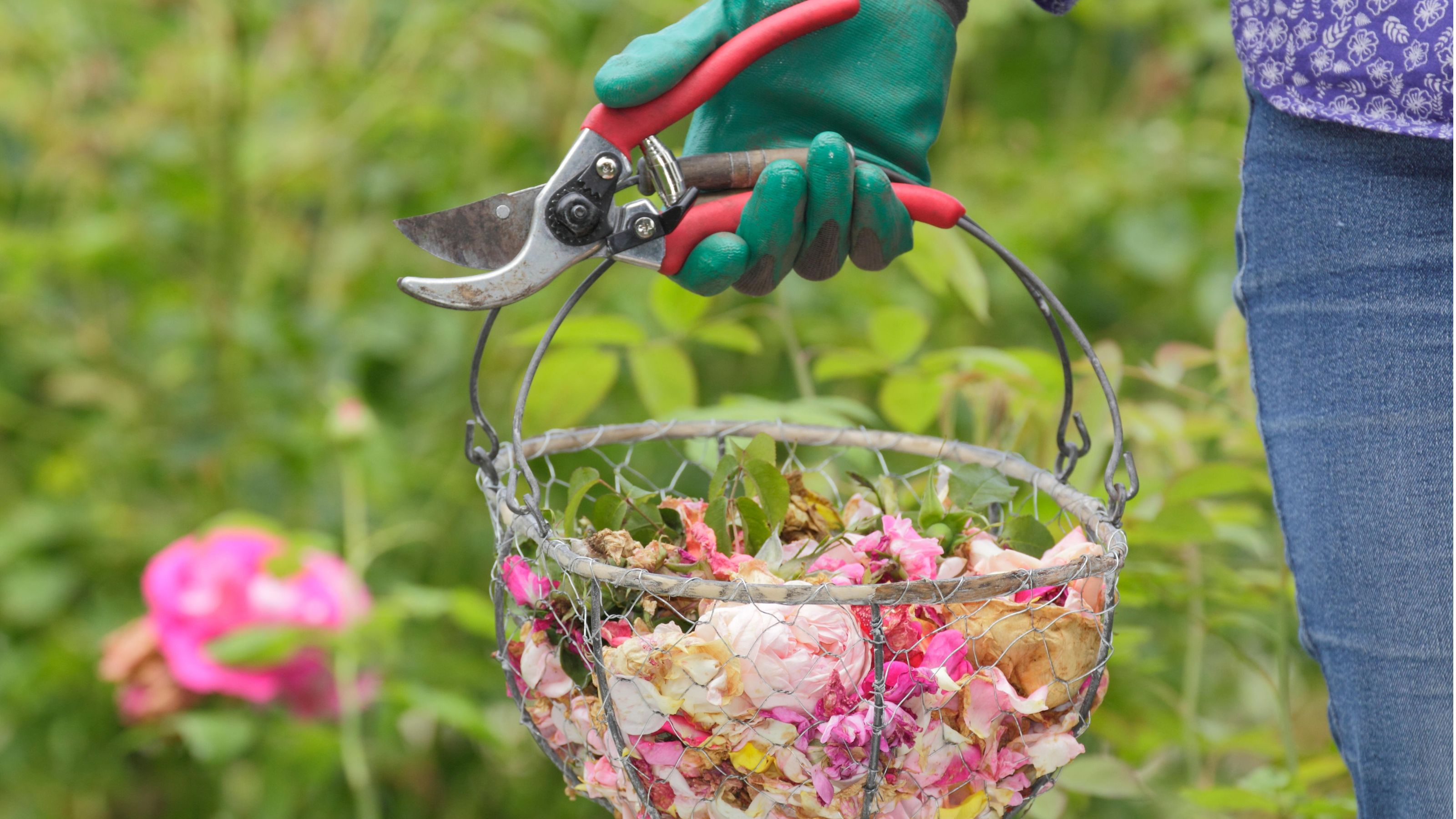
- 1. Not using clean tools
- 2. Using blunt tools
- 3. Waiting too long to deadhead
- 4. Deadheading at the wrong time as day
- 5. Removing too many flowers
- 6. Not clearing up spent flowers
- 7. Not wearing gloves
- 8. Leaving too much stem
- 9. Not cutting the stem at an angle
- 10. Deadheading too infrequently
- FAQs

Some rose deadheading mistakes are minor but others can prove fatal for your beloved shrub. Therefore it is important to know all the dos and donts before setting out.
Of course, knowing how to deadhead roses properly will ensure good practice but being aware of the most common rose deadheading mistakes will prevent you from making common errors that are easily avoided.
Rose deadheading mistakes
One of the biggest rose deadheading mistakes is not deadheading your roses at all – this is just as important as knowing how to grow roses. Deadheading roses is essential both for promoting blooms and the health of your plant.
'Deadheading roses is beneficial as it is one of many plants you should deadhead for a second bloom – this does not apply to the roses which only give one flush of flowers, like ramblers and some old roses,' explains Angela Slater, gardening expert at Hayes Garden World.
'It also removes the dead head which could go mouldy and introduce infections to the plant. However, if you don’t deadhead it’s not the end of the world. The plant is unlikely to die: it just will look unsightly and you won’t get as many blooms as if you regularly deadhead.'
1. Not using clean tools
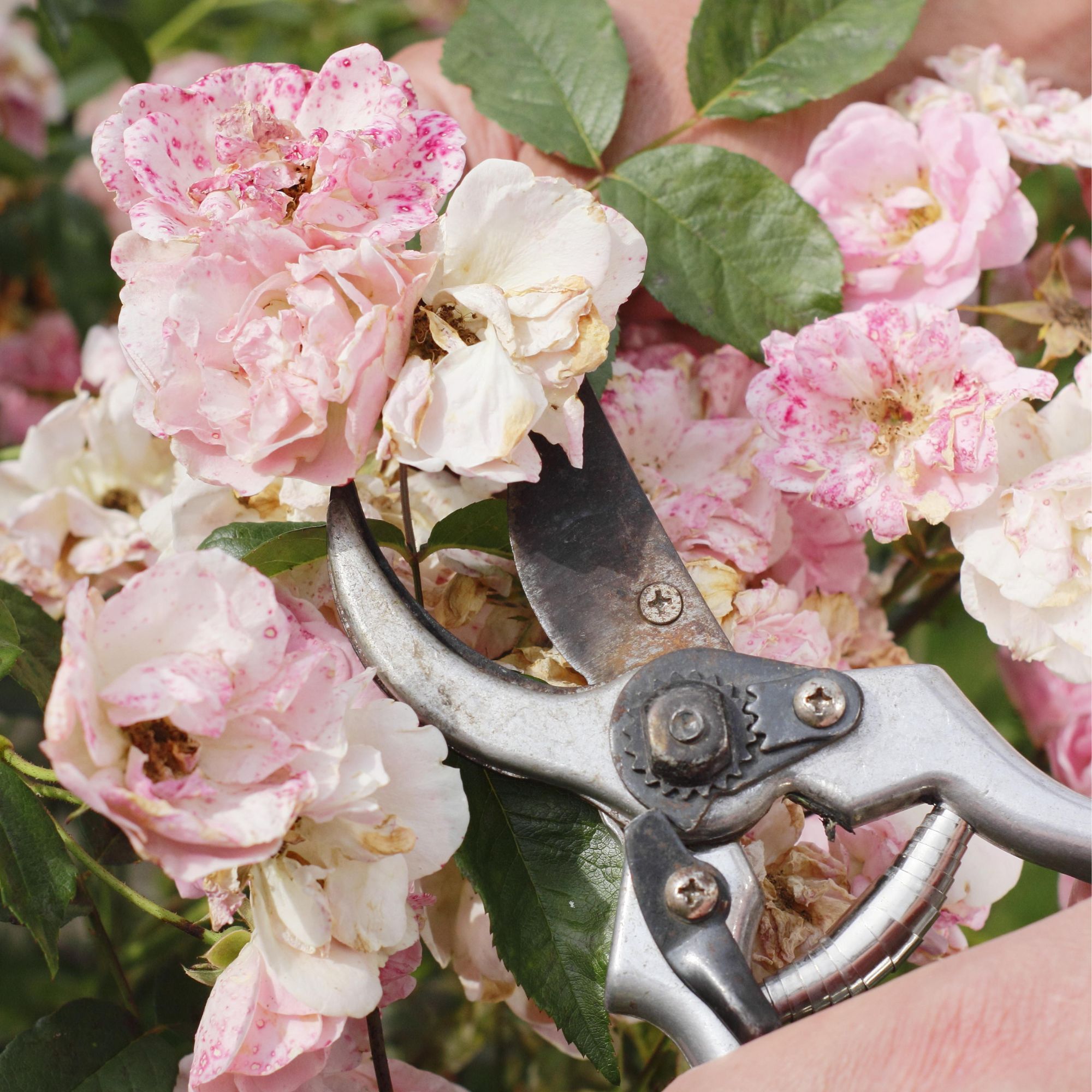
One of the most common deadheading mistakes is using dirty tools will invite infection into your rose plant. Deadheading a bud creates a wound in the plant – and just as with a human cut – if dirt gets into it can spread and cause disease in the plant.
Thankfully it is super easy to clean your garden tools. All you have to do is wipe the blades with an anti-bacterial wipe or use an anti-bacterial spray.
When deadheading roses, you have three tool options: secateurs, snips and your fingers. For some roses, pinching the stem of the spent bloom between your thumb and forefinger can be enough to deadhead the bloom, however, in most cases secateurs or snips are better utilised.
Secateurs are effective and it's likely you already have a pair – if you don't these Grüntek ones from Amazon are great – while snips – like these Spear & Jackson from Amazon – will give you a more precise snip.
2. Using blunt tools
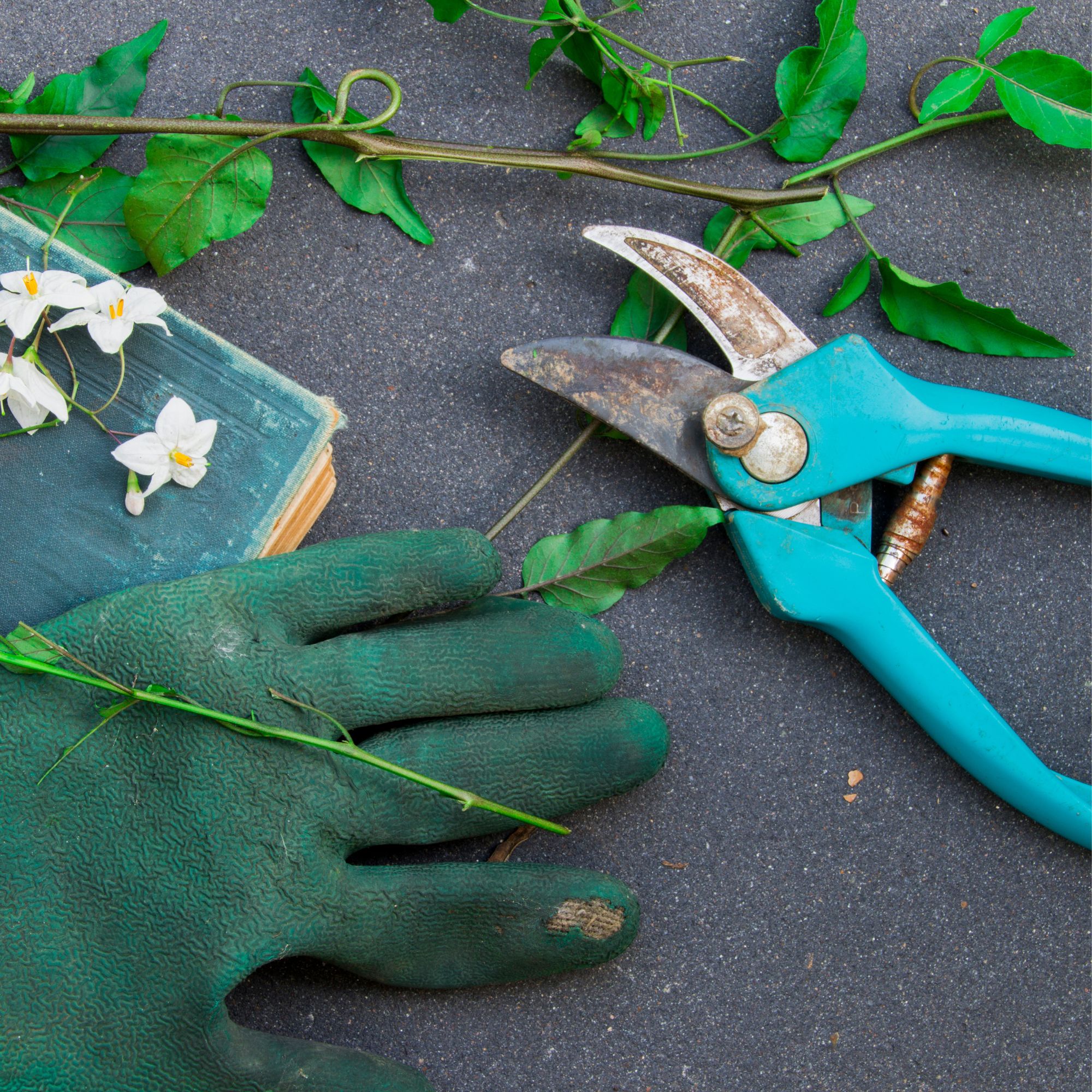
As before with unclean tools, using blunt tools can also damage your precious roses. Blunt tools will prevent a neat cut and can splay the branch, this can cause lots of crevices where water can gather – leading to rot – or where infection can enter the plant.
Always make sure you've sharpened your tools before beginning any pruning or deadheading work. This Sharpal All-in-1 Knife and Garden Tool Blade Sharpener from Amazon will help you ensure that all your blades are ready for work.
3. Waiting too long to deadhead
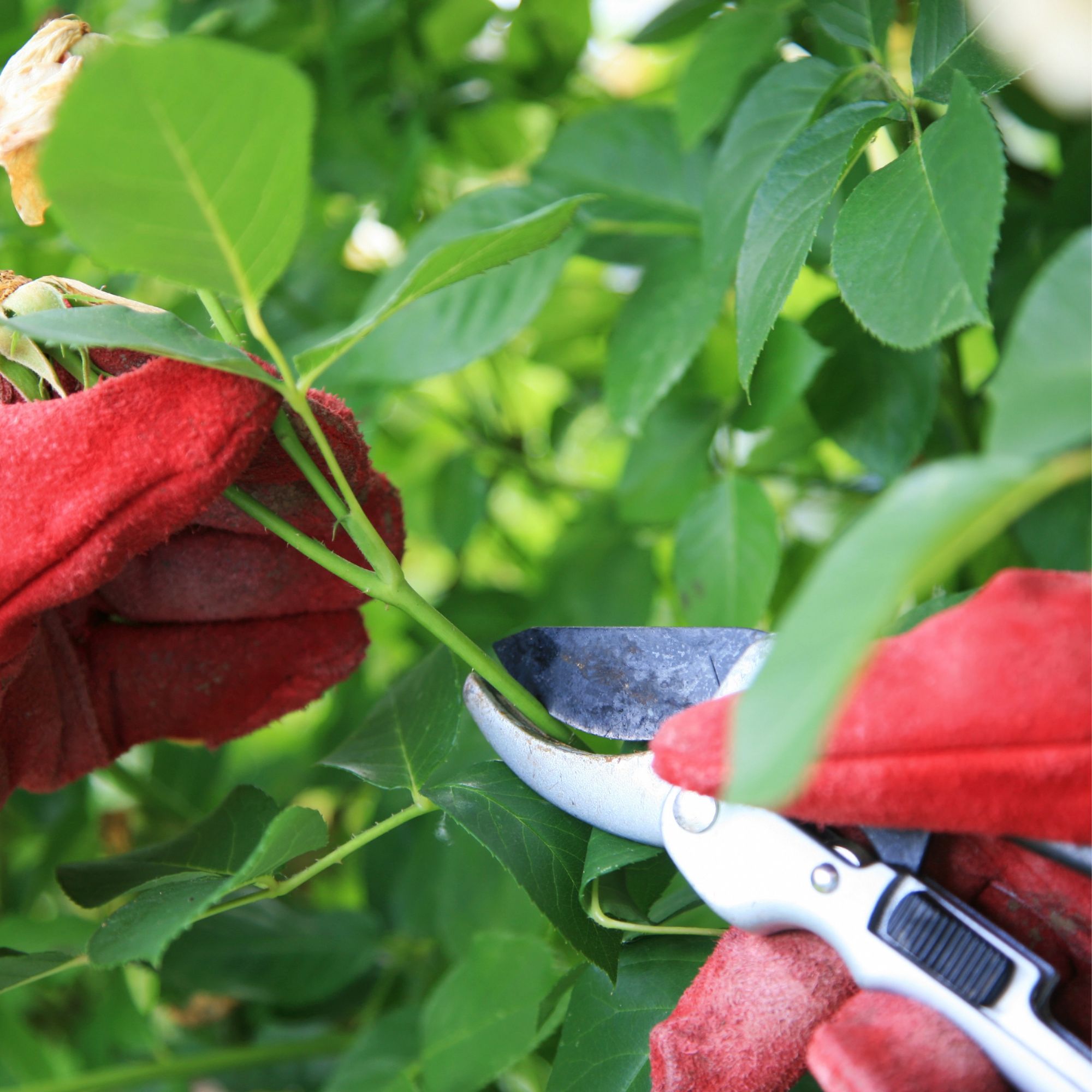
It's easy to identify when flowers need deadheading – they will be losing their petals and looking worse for wear. In early summer, deadheading can help to promote more flowering and even a second flush later in the season.
'Deadhead roses as soon as the petals wilt and lose colour. This prevents the rose from putting its energy into seed production and encourages it to focus on producing new blooms,' says Julian Palphramand, head of plants at British Garden Centres.
Note that the best time to deadhead roses is different to when to prune roses.
4. Deadheading at the wrong time as day
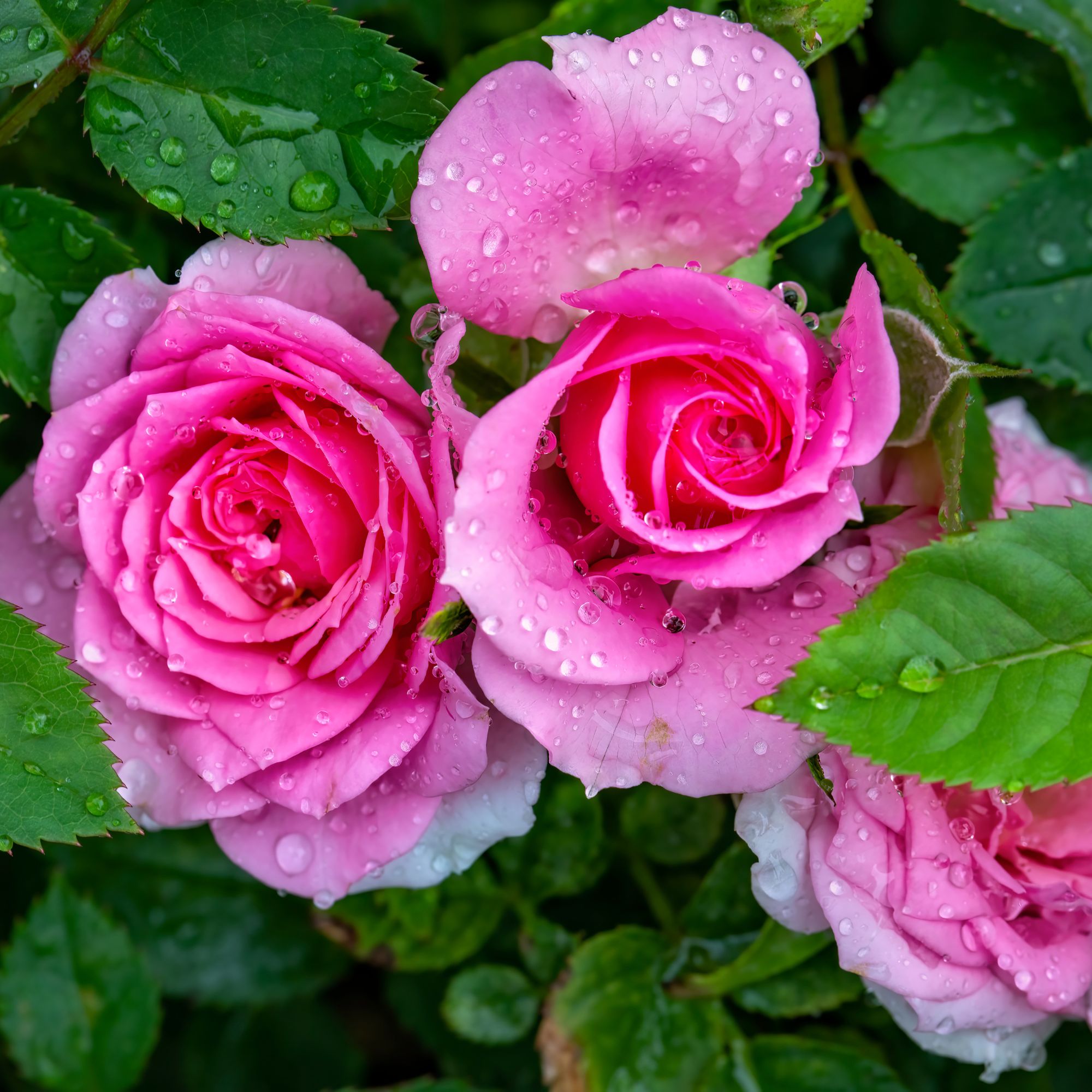
'When deadheading roses, the weather is hugely influential,' says Lucie Bradley, co-owner of Two Wests & Elliott. 'Avoid deadheading at the hottest time of the day. Leave this task to another day if it’s overcast as your freshly cut plant material won’t dry.'
'Also avoid deadheading early in the morning when dew could still be on the plant. And make sure you deadhead the blooms just prior to watering.'
5. Removing too many flowers
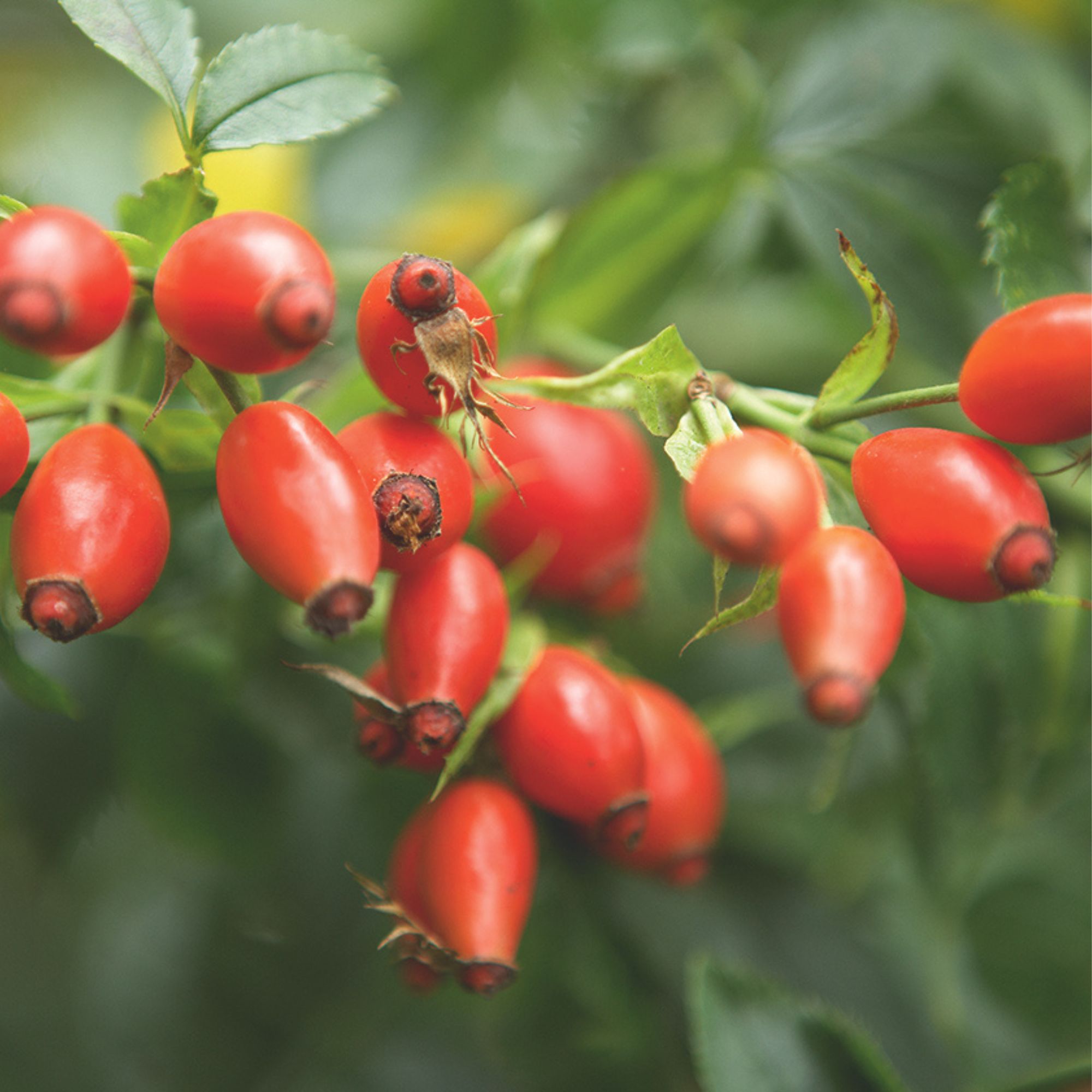
By September and October, you can be less proactive with the snips – especially if you're hoping to cultivate a wildlife garden.
'Don’t deadhead roses that produce decorative hips, as they are a useful source of food for wildlife,' advises Leigh Clapp. The deep red colour will also bring a welcome pop of colour to the winter garden.
6. Not clearing up spent flowers
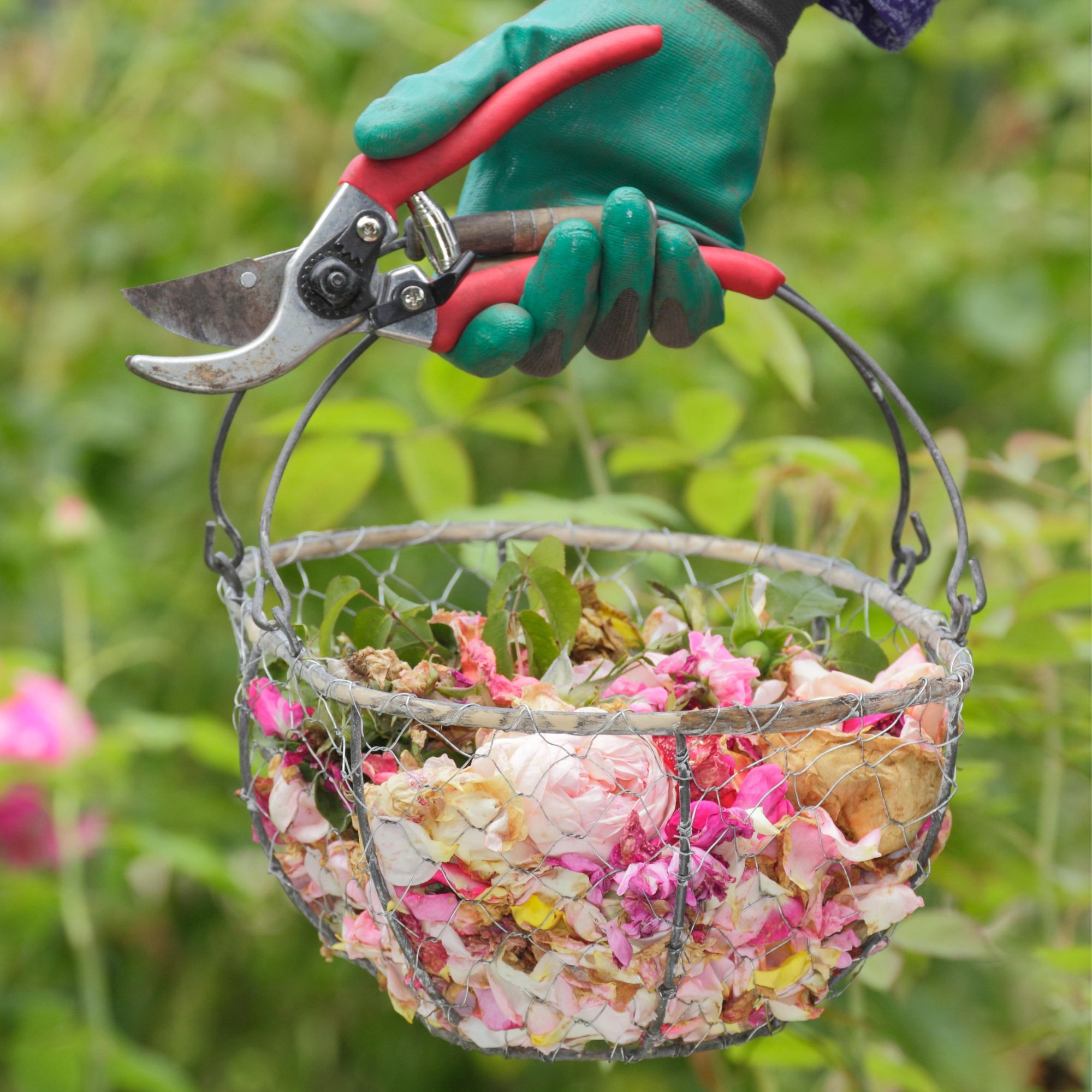
As with deadheading hydrangeas and deadheading azaleas, one of the most common rose deadheading mistakes is not clearing up the flowers once you've deadheaded. Not only is this unsightly, but if the spent flowers are left underneath the plant they will rot down, which can lead to fungal infections in the rose plant.
Spores, such as those that cause black spots, can also overwinter in the previous year's spent leaves and blooms before reinfecting the rose next spring.
'Best practice is to take a trug around with you (or bag or bucket etc) into which you can drop spent blooms and other plant material as you work,' advises Lucie. 'You can always add these to your compost bin, speeding up the composting process by cutting them into small pieces as you add them to the bin.'
7. Not wearing gloves
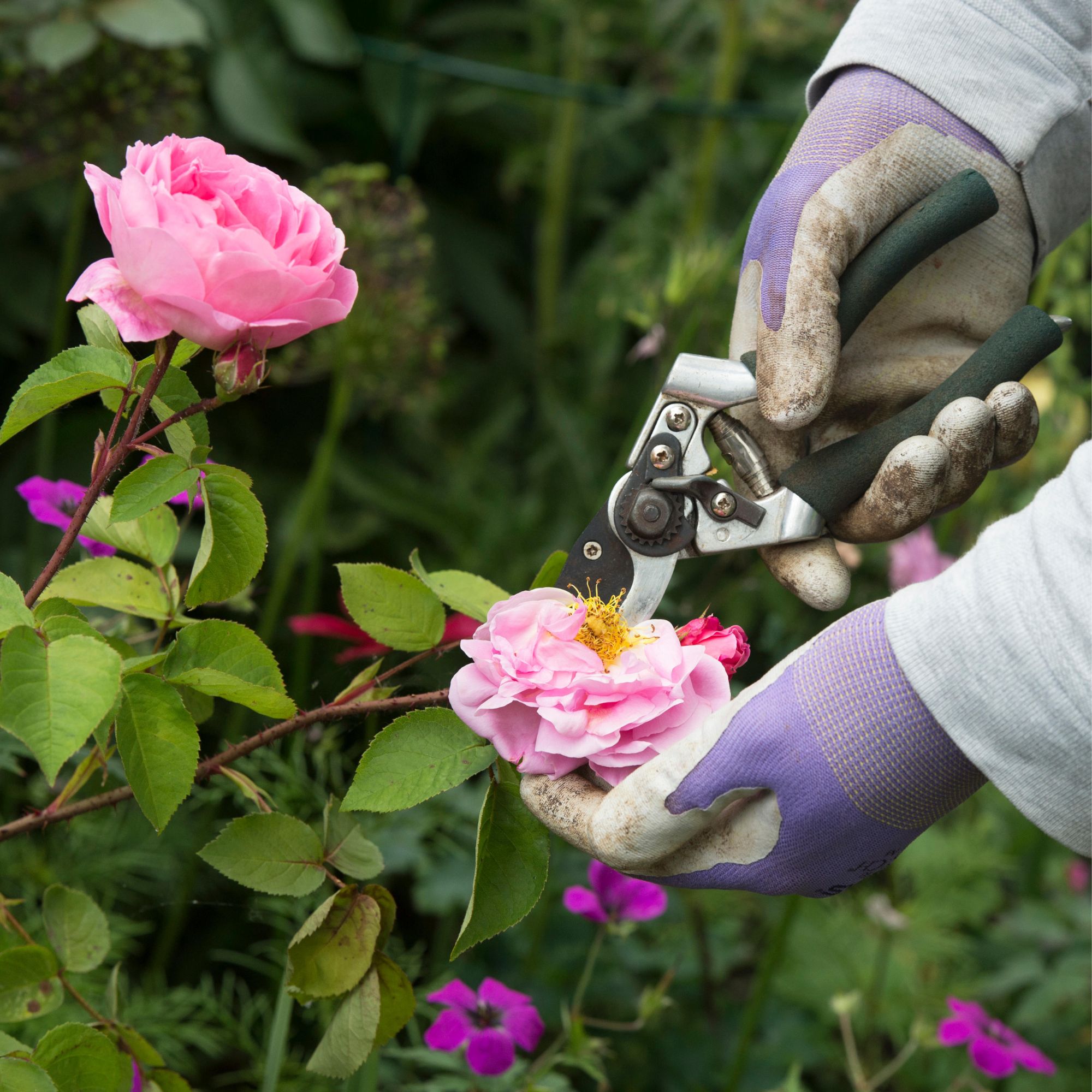
While not wearing gloves will have no impact on the plant, it can have a big impact on you.
If you are planting to deadhead a large unwieldy rose bush, then gauntlet-style gloves – like these from Amazon – are a must to protect your hands and arms from scratches.
For smaller plants, however, gloves are purely optional.
8. Leaving too much stem
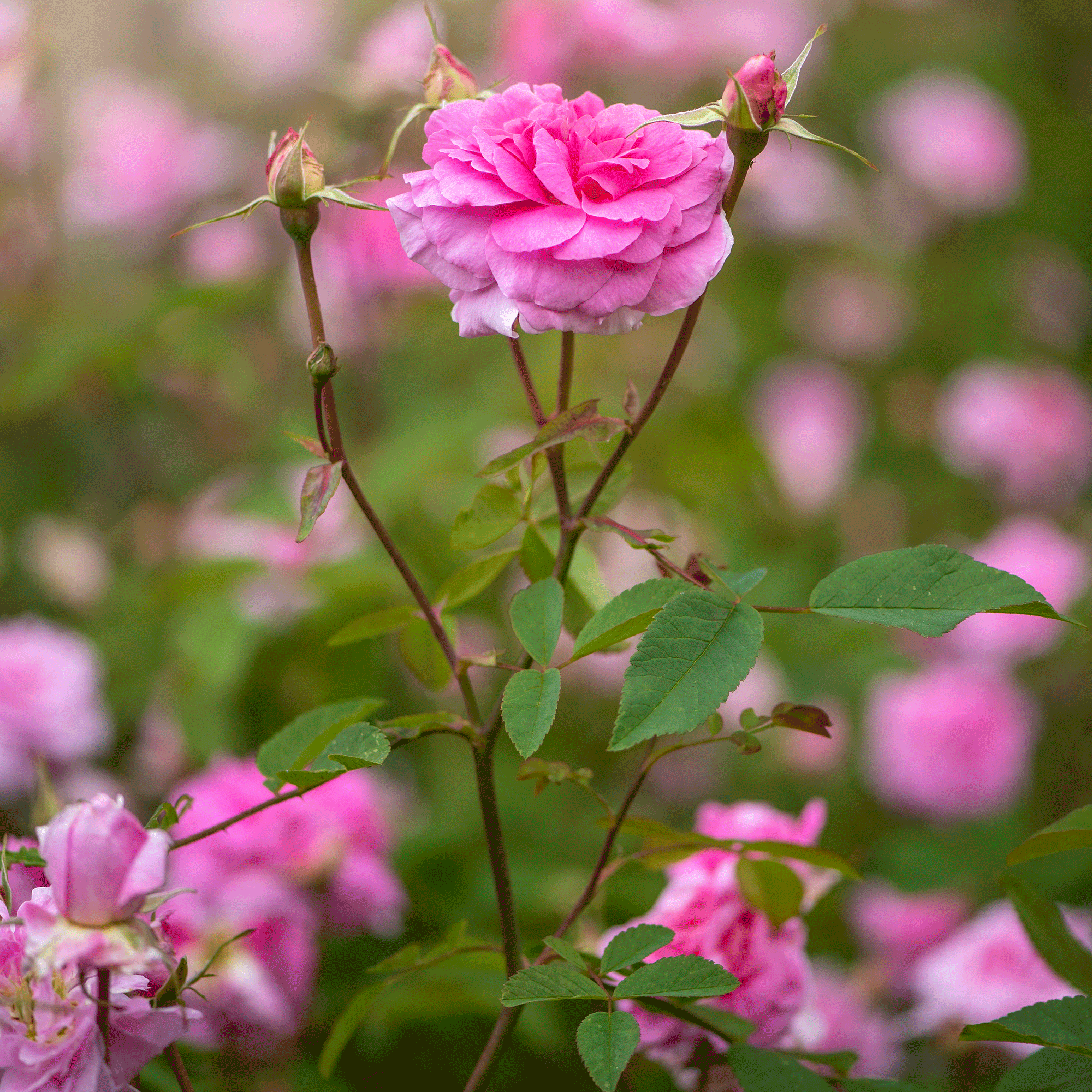
One of the most common rose deadheading mistakes is just removing the spent flower can leave lots of spindly stems.
Senior Rose Consultant at David Austin Roses, Liam Beddall advises that you should 'use deadheading as an opportunity to shape the plant. Sometimes, if you prune roses back to the next leaf joint with five leaflets, this can still leave a disproportion in the shape.'
'Instead, reduce the height of these stems back into proportion of the plant to shape it and form a rounded shrub. Remember, this is a shrub rose and you want it to look as pretty in flower as out of flower – it is still playing a role in the border when not in flower.'
9. Not cutting the stem at an angle
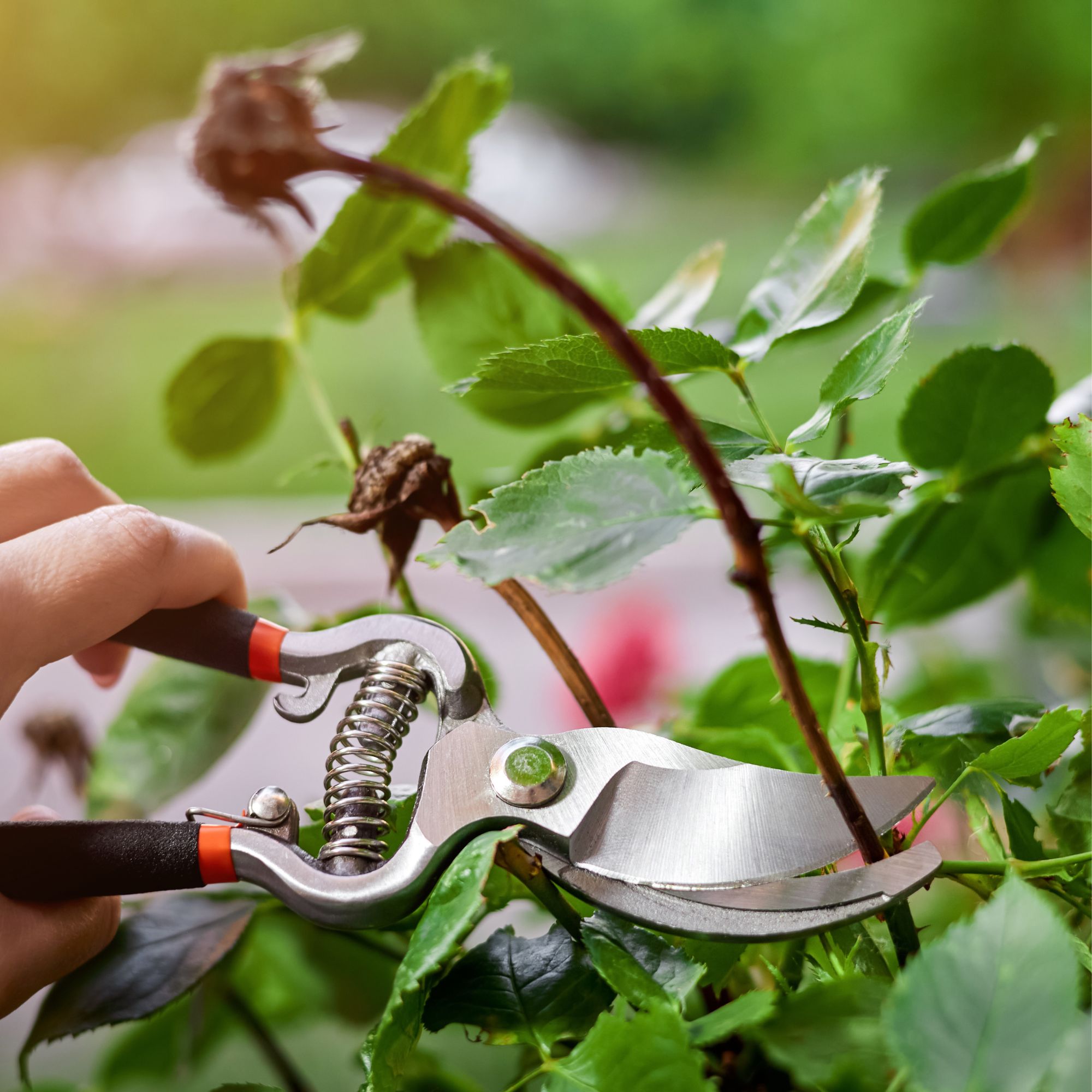
The angle is important when it comes to deadheading roses. 'Don’t cut the stem straight across but at an angle of 45 degrees. This prevents water sitting on the stem and eventually leading to rotting,' advises gardening expert Angela.
10. Deadheading too infrequently
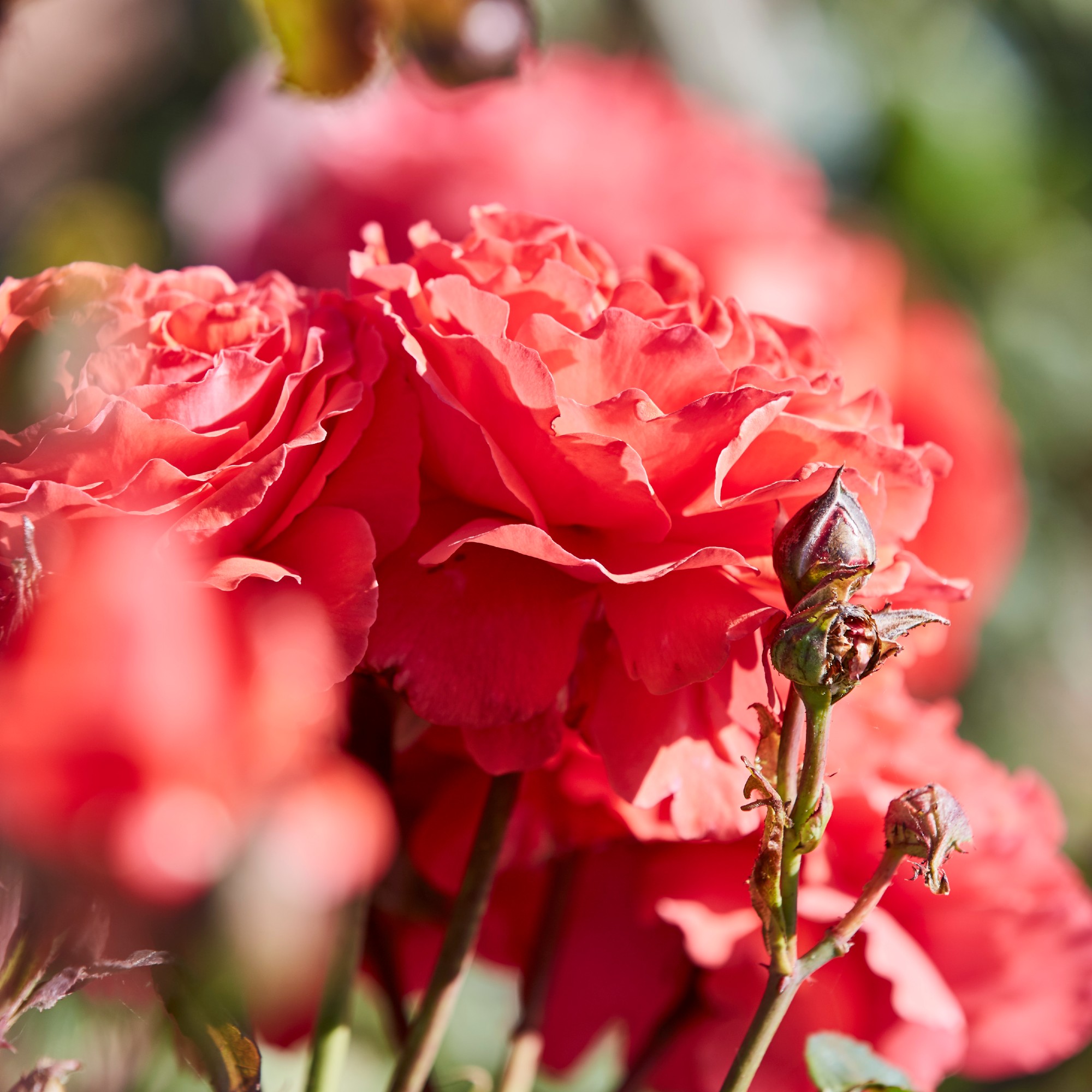
While there are some plants you shouldn't deadhead, little and often is the key to successfully deadheading a rose.
'Leaving it too long between deadheading will reduce the amount of blooms produced,' warns Angela.
FAQs
Are you supposed to cut dead blooms off roses?
Yes, cutting dead blooms off roses will – in a lot of cases – promote a second flush of flowers later in the season. Some roses such as ramblers and some old roses will not have a second flush of flowers, however, cutting of dead blooms will also promote the health of the plant.
Which roses should you not deadhead?
All roses will benefit from deadheading, but those that produce hips should not be pruned in September or October to allow these to ripen and provide valuable winter food for wildlife.
Get the Ideal Home Newsletter
Sign up to our newsletter for style and decor inspiration, house makeovers, project advice and more.

Holly is one of Ideal Home’s content editors. Starting her career in 2018 as a feature writer and sub-editor for Period Living magazine, she has continued this role also adding regular features for Country Homes & Interiors and the Ideal Home website to her roster. Holly has a passion for traditional and country-inspired interiors – especially kitchen design – and is happiest when exploring the countryside and hills of the Lake District. A keen gardener, she is a strong believer that you can never have too many houseplants.
-
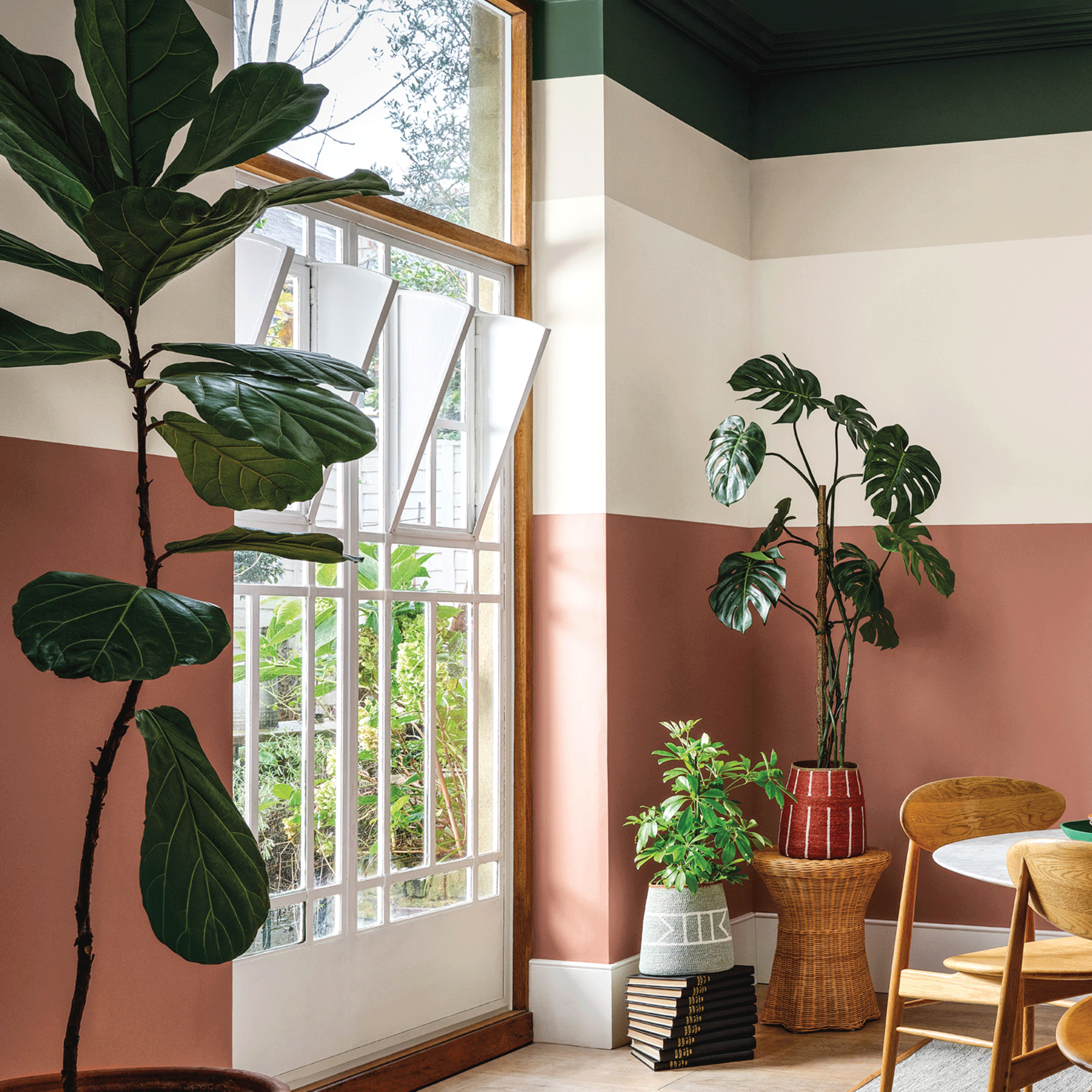 Crown Paint has launched new wall colours for the first time in three years, and changed how I think about neutral shades
Crown Paint has launched new wall colours for the first time in three years, and changed how I think about neutral shadesIs terracotta the ultimate neutral?
By Rebecca Knight
-
 How to protect seedlings from birds – experts say there's a kind and clever way to stop them pecking
How to protect seedlings from birds – experts say there's a kind and clever way to stop them peckingYes, you can protect seedlings from birds without harming your feathered friends...
By Kayleigh Dray
-
 We tried the viral napkin bunny ears hack – it only takes five minutes and will take your Easter table to the next level
We tried the viral napkin bunny ears hack – it only takes five minutes and will take your Easter table to the next levelThis Easter craft is not only beautiful, but really easy to do
By Kezia Reynolds